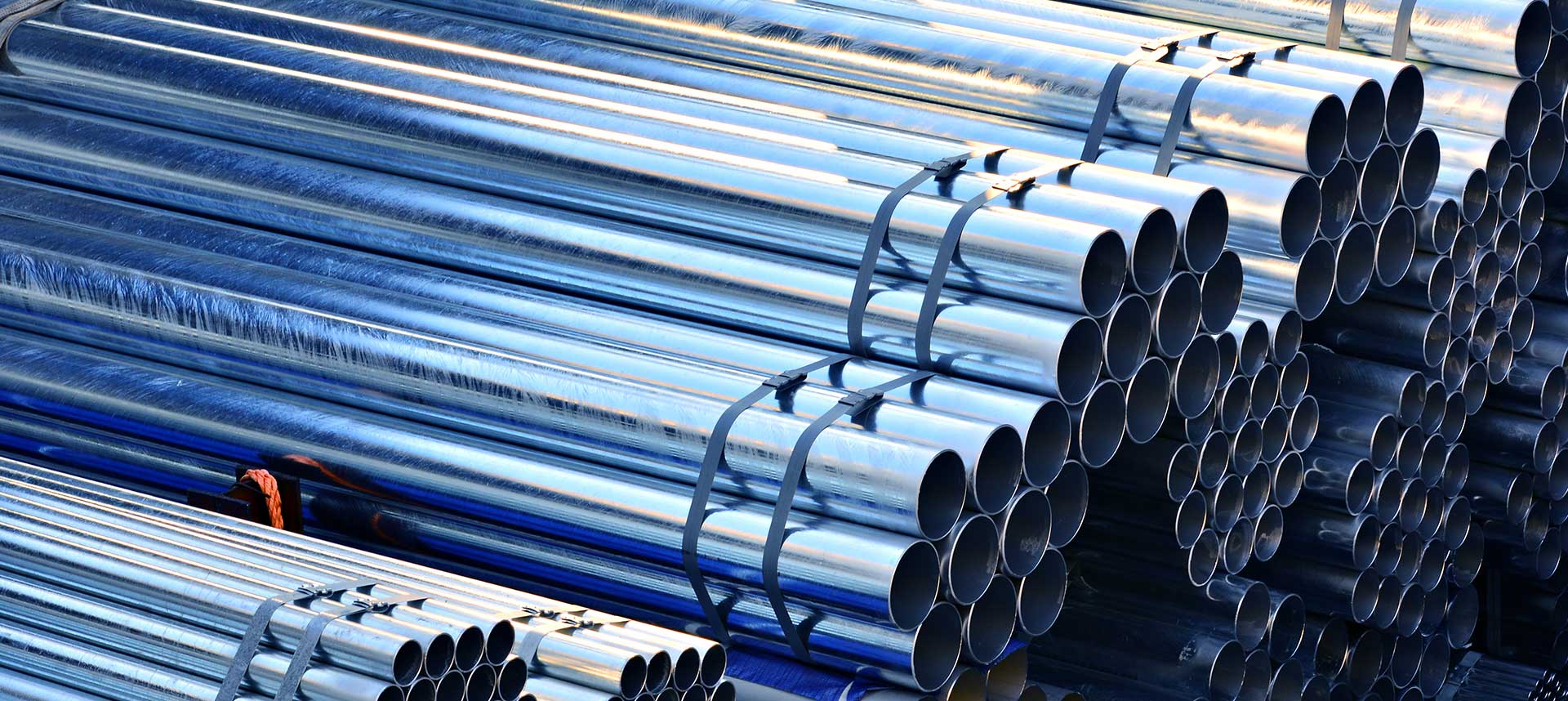
What steps should be followed to keep stainless steel pipes in good condition during handling and storage? This question comes up in workshops, warehouses, and project sites where materials must remain clean and undamaged before use. From cleaning methods to storage arrangements, a few simple practices are applied across industries.
Handling during transport:
Moving stainless steel pipes entails care. Use padded lifting equipment such as nylon slings instead of metal hooks or chains. Pipes should be supported evenly to avoid bending. If they are bundled, separators may be added between them to avoid friction damage during movement. Some seamless pipe suppliers in Dubai ship pipes with protective end caps and wrapping to avoid dents and scratches.
Cleaning after delivery:
Stainless steel pipes may arrive with traces of oil, dirt, or markings from cutting and transport. Cleaning with a soft cloth and a mild detergent is usually enough to remove these marks. Avoid using metal brushes or harsh cleaners, as they may leave scratches or affect the surface finish. If welding or cutting is planned, ensure the surface is free from grease and dust.
Avoiding surface contamination:
During handling, stainless steel should not come into contact with carbon steel or other metals that may leave residue. Contamination may cause rust spots or discolouration. Using separate tools or covers for stainless steel pipes reduces such risk. If shared equipment is necessary, it must be cleaned before switching between materials.
Choosing the right storage space:
Pipes should be stored in a dry, shaded area away from chemicals, moisture, or exposure to sea air. Direct contact with the ground should be avoided. Use racks or wooden supports to raise the pipes and allow airflow underneath. In humid areas, indoor storage or covers are preferred. Avoid stacking too many layers to prevent weight pressure on lower pipes.
Monitoring during long-term storage:
If pipes are stored for extended periods, regular checks are useful. Look for signs of rust, condensation, or physical damage. Replacing torn covers or adjusting stacks maintains quality. Labels should remain visible to identify size, grade, and source quickly. Keeping records of when pipes were stored and when they were last inspected helps plan future usage.